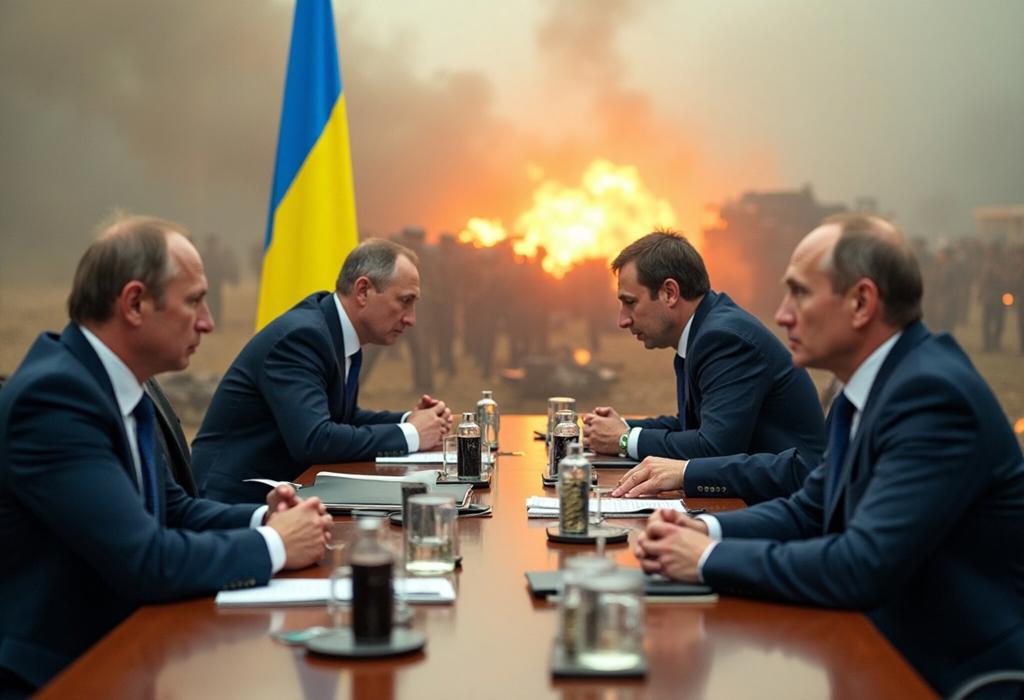Overview of Recent Developments
On May 23, Russian Foreign Minister Sergey Lavrov announced that Moscow would communicate its peace terms to Kyiv following the ongoing prisoner exchange. This development comes amidst the complex backdrop of the ongoing conflict between Russia and Ukraine.
Details of the Prisoner Exchange
The prisoner exchange, which began on May 23 and is set to continue until May 25, is significant for both parties. Initially agreed upon during negotiations in Istanbul on May 16, the arrangement involves the exchange of 1,000 prisoners, with both sides having already swapped 390 prisoners each, and a further 307 each on May 24. This marks the first such agreement since the conflict escalated in 2022.
Ceasefire Conditions and Future Peace Proposals
Lavrov indicated that the list of ceasefire conditions crafted by Russia would be revealed once the prisoner exchanges conclude. He emphasized Moscow's commitment to actively working on these conditions, reflecting a strategic approach to potential peace talks. However, it remains to be seen how substantial these terms will be amidst Russia’s previously stated maximalist demands, which include Ukraine acknowledging the loss of Crimea and certain eastern regions.
In addition to the ceasefire conditions, Russia is reportedly preparing a memorandum for a future peace treaty, a topic first broached by Russian President Vladimir Putin. However, Kremlin officials have clarified that this document is distinct from the ceasefire conditions being developed.
Persistent Hostilities and Negotiation Challenges
Despite the apparent diplomatic efforts, Lavrov's remarks suggest a general reluctance on Moscow's part to pursue a ceasefire without addressing what it describes as the "root causes" of the conflict, further complicating any potential for immediate resolution.
A recent U.S. intelligence report reinforces the notion that Russia is committed to its military objectives in Ukraine for the foreseeable future, with engagements likely continuing through to the end of 2025. These objectives include enforcing Ukrainian neutrality and further partitioning the state—military aims that cast doubt on the sincerity of Russia's professed willingness to negotiate.
Impact of Continuing Military Operations
Complicating the landscape of negotiation is the backdrop of ongoing military actions, including a recent large-scale missile and drone assault on Kyiv, which injured at least 15 individuals. Such attacks not only heighten tensions but also serve as a stark reminder of the brutality characterizing the conflict.
Conclusion
As both sides engage in prisoner exchanges and diplomatic discussions, the overarching narrative remains one of persistent strife, with significant barriers to meaningful dialogue. The situation appears to reflect a broader unwillingness from Russia to entertain negotiations in good faith while advancing its military agenda.
Bias Analysis
Key Questions About This Article




